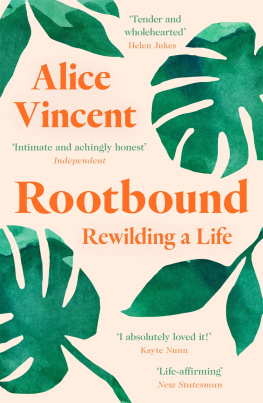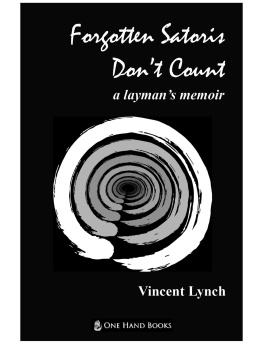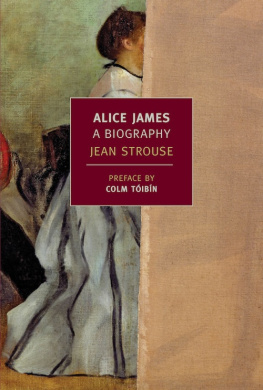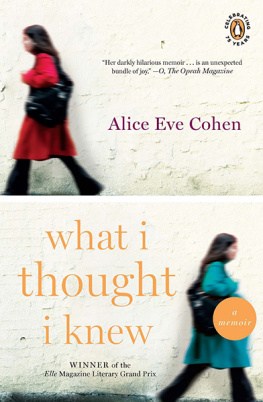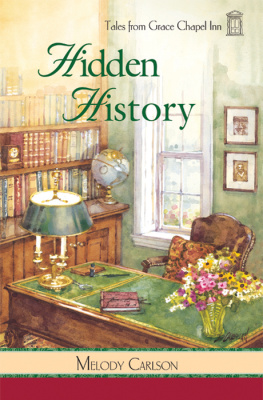Alice Vincent is Features Editor at Penguin Books, having previously worked as a writer and editor on the arts desk of the Telegraph. After teaching herself to garden in 2014, Alice started to share her adventures in urban gardening through Noughticulture, a newsletter and Instagram account, as well as in a column for the Telegraph. She has since written for Gardener's World and Gardens Illustrated, appeared on Gardeners' Question Time, collaborated with Hunter, Finery, Monsoon and Seedlip, among others, and hosts workshops and a YouTube channel for Patch Plants. Her first book, How To Grow Stuff, was published in 2017. Rootbound was longlisted for the Wainwright Prize. She lives in South London.
@noughticulture | @alice_emily
Also by Alice Vincent
How to Grow Stuff
The paperback edition published in 2020 by Canongate Books
First published in Great Britain in 2020 by Canongate Books Ltd,
14 High Street, Edinburgh EH1 1TE
canongate.co.uk
This digital edition first published in 2020 by Canongate Books
Copyright Alice Vincent, 2020
Illustrations Jo Dingley, 2020
The right of Alice Vincent to be identified as the
author of this work has been asserted by her in accordance
with the Copyright, Designs and Patents Act 1988
Some names and identifying details have been changed to protect the privacy of individuals
British Library Cataloguing-in-Publication Data
A catalogue record for this book is available on
request from the British Library
ISBN 978 1 78689 772 5
eISBN 978 1 78689 771 8
For those who put soil and seeds into my hands
SELECTED PLANT GLOSSARY

Icelandic poppy
Papaver nudicaule

Sweet pea
Lathyrus odoratus

Swiss cheese plants
Monstera deliciosa

Bracken
Pteridium aquilinum

Buddleja
Buddleja davidii

Rosebay willowherb / Fireweed
Chamaenerion angustifolium

Pass-it-on Plant / Chinese money plant
Pilea peperomioides

Auricula
Primula x pubescens

Fiddle-leaf fig
Ficus lyrata

Purple / false shamrock
Oxalis triangularis

Cherry blossom
Prunus x yedoensis Somei-yoshino

Nasturtium
Tropaeolum majus
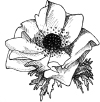
Anemone
Anemone coronaria
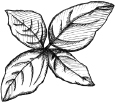
Basil
Ocimum basilicum
CONTENTS
INTRODUCTION
I F YOU GOT CLOSE ENOUGH to the metal, you could pretend it wasnt there. Look through the gaps in the fence, the wire hooked between your knuckles, and all that lay beyond was dancing white petals. Daisies, dozens of them. A brief fever dream amid the brick and concrete.
Id last walked past it last a couple of weeks before, wandering back from a dinner that had been served up in a courtyard. It was a civilised thing to do on a Sunday night: meet with friends and crack open shellfish, mop it up with bread. Someone had taken a selfie, posted it online. This was a mark of our comfort, our accomplishments. These were the kinds of things my generation had been made to want: simple delicacies with like-minded people somewhere we could walk home from, even in London, on the first balmy night of late spring.
Josh and I headed home up the hill holding hands, and I pulled him back to look at these flowers. Sometimes it felt like a novelty, that this was what life was. A bit of an elaborate joke, of playing pretend. It felt both too good to be true and yet never quite enough; always at a slight remove from what the roaring essence of life should be. Perhaps that was because it wasnt really meant to be this way.
Everything punctured after that, the air rushing out so quickly that it left me dizzy. Here I was now, taking in this rare patch of undeveloped scrubland littered with wildflowers and wondering where I would end up. How I had been in something that just didnt exist any more. If somebody mowed these flowers down, would they grow back the next year? Maybe we were just to have them for the few days that they drifted in the fading light before crumpling, weighed down with seed.
When I was a child, wildflowers were weaponry. We saw natures offerings as something both prosaic and powerful, plentiful ammo to be deployed in the constant fantastical battles that defined our countryside upbringings.
Stickyweed was to be pulled down, balled up and tossed so lightly towards the victim that, ideally, they wouldnt know they had been targeted for several hours. They would be left to wander around unwittingly, the bright green barbs stuck to their T-shirt and covering their spine or shoulder or, best yet, their bum, for as long as it took for someone to point out what had befallen them.
Dandelions served other potentially punitive purposes. Come May, when their scraggly yellow flowers had blossomed into far prettier drifts of fine fluff, they became soothsayers. Those blowing the seeds off a dandelion head could divine many things with their breath, but mostly chose to establish whether two people often a nervous friend and either the most or least desirable boy in class loved one another, or not. More potent horrors lay inside the weeds stalks, though. Those encouraged to suck on the snapped stalk of a dandelion usually by being promised a delicacy will find instead hearty bitterness from the milky sap that had landed on their tongue, a grim taste that lingered and contorted the face, much to the glee of the perpetrator.

